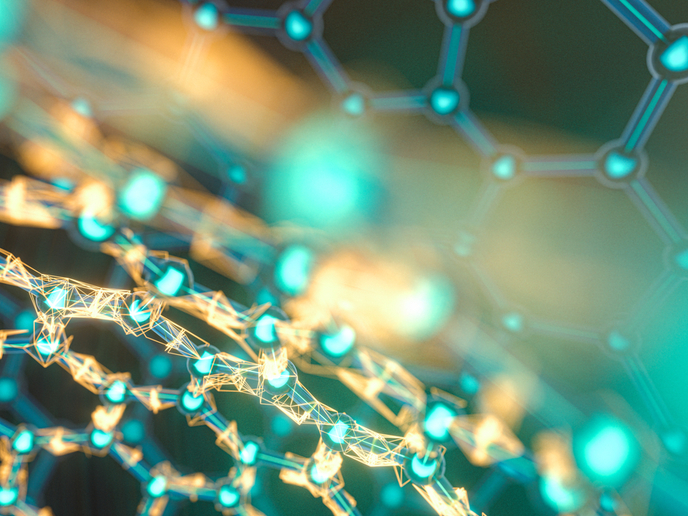Space radiation protection
As a result of the trend in space engineering towards cost reduction, the selection of commercial off-the-shelf electronics in satellites has become a common practice. However, ionising particles in the harsh space environment would damage the non-space-qualified electronics, potentially impairing the satellite's main functions. In order to provide electronic devices with sufficient protection, a housing structure would attenuate the radiation. With the high costs of sending a satellite into orbit, the mass of the electronic housing structures should be kept to a minimum. In this light, the 'Radiation shielding of composite space enclosures' (SIDER)(opens in new window) project researchers proposed the use of lightweight composite materials. As has been shown in other aerospace applications, composite materials can lead to large mass savings, and their physical properties are highly tailorable. The SIDER project investigated two different routes to produce composite materials. The first uses nano-conductive materials and the second incorporates a tungsten (high-density) foil into a carbon fibre-reinforced plastic (CFRP). Employing computer simulations, the team designed and optimised an electronics housing structure as part of a satellite. Two different orbits / missions were considered — the geosynchronous and low Earth orbit. A mass saving of 18 % was ultimately achieved over conventional aluminium panels. Moreover, the shielding solution developed by SIDER researchers allows significant mass reductions while assuring structural integrity for acceleration loads and providing sufficient radiation protection. The validity of the theoretical models was assessed by means of radiation tests and physical simulations of the space radiation interaction with the electronics enclosures. Experimental data were in good agreement with simulation results, and demonstrated improved performance of the new composites compared to aluminium. SIDER composites with enhanced shielding performance are expected to have a major impact on the competitiveness of EU composites manufacturers and on the EU space industry. Reducing payload weight significantly reduces fuel costs and thus operating costs, enhancing the capacity to further explore space. They should facilitate the emergence of new solutions in energy, health and related markets as well.







